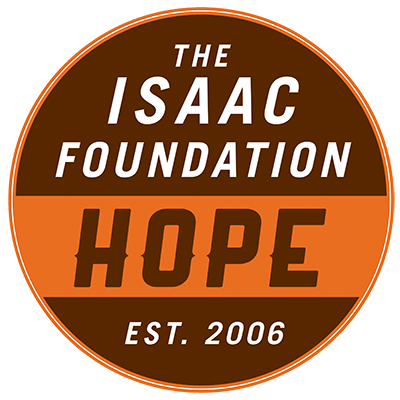
Today was Infusion #1. So great. Sitting here typing, I wonder what the enzyme is doing in Trey’s body right now. I wasn’t totally clear on exactly what the ERT helps and doesn’t help, but after asking Trey’s ERT doctor today, I am very excited. From early on, I heard that basically, ERT helps everything but the brain. But then I heard rumblings about ERT not helping the bones, the heart, and hearing loss, so I began to wonder. What was clarified for me today, I think, was what ERT can reverse and not reverse in terms of damage. ERT can reverse the increased volumes of the liver and spleen. It can soften the “coarse” (as they’re called in the medical world, not my world) facial features and hair. It can help reverse the range of motion issues in the joints, and the increased size of tonsils, airways etc…that is where the heart, bones, and hearing loss come in. From my understanding of today’s conversation, although damage already done to the bones, heart, and ears from the build up of GAGs cannot be reversed, further damage WILL BE prevented. Well from where I sit, that is great and wonderful and excellent news! Trey is so young that very little damage has been done to these areas. If all the ERT does is prevent further damage, then this is just fine with me. This is why we are so lucky Trey has started ERT so young. SO TO ALL OF YOU WHO HELPED GET TREY HERE TODAY AND AS QUICKLY AS WE DID, THANK YOU!!!!!!!!!!!
Today. We arrived at the Medical Day Unit at BCCH at 7:30. First, I forgot to bring Trey’s first urine of the morning (they wanted to measure the GAGs in Trey’s urine before starting ERT so they can compare it to his urine after starting ERT). So I started giving lots of apple juice (Trey only gets juice as a treat). Then Donna (Trey’s very awesome nurse) took Trey’s weight, height, blood pressure, temperature, and put Ametop (a numbing cream) over Trey’s VAD.
Second. About 10 minutes later, I noticed Trey’s VAD was red and swollen. He was allergic to the Ametop (every other time he has had numbing cream he’s had the more slow acting Emla). So that came off, but the problem was, Donna and Saadet (Trey’s ERT doctor) didn’t want to access the VAD if it was red and swollen because this way they would not be able to tell if Trey was reacting to the Ametop or the Elaprase. So they put Emla on his hand. This meant waiting another hour before starting the infusion, as Emla takes one hour to work, and digging for a vein for the IV. Fun!
Third. At this point I was still pushing the apple juice at Trey and asking him every two minutes if he had to pee. “No, mama” he’d say every time I asked, but he’d had 2 full cups of apple juice and hadn’t peed in an hour. He must have to go! So I just put him on the toilet. What does he do? He poops in the little container that was supposed to collect the pee and then pukes the apple juice all over me. Finally the doctors and nurses decided not to wait for the urine. They’d get it once the ERT began. So they put the IV in, which was no problem. Trey didn’t even whine. He commented on the color of the blood and watched as Donna collected some for a Biomarker study Dr. Lorne Clarke is doing. Then the media came. A number of BCCH PR staff came, as did Pamela Fayerman from the Vancouver Sun, and a photographer. Trey’s going to be in tomorrow’s paper, so pick it up!!
Fourth. About 2-3 minutes into their visit, Trey peed on the bed. Nice! Fortunately, from then on, everything went smooth. It only took 3 hours (!?) to get the infusion started (the infusion began at 10:20am), but after that, all was good. Trey and Avery slept, ate, and watched TV until 2:00pm when the infusion ended. We had visits from my sister and Ryan’s mom which definitely helped the time pass. After the infusion we had to wait 2 hours to make sure Trey didn’t have any reactions. We finally got home at 4:45pm, which made for a long day. But really, it was the best kind of long day someone could ask for. Treatment for my baby. I hope those enzymes are working hard in there… Thank you to everyone who called or emailed to wish us luck today. We have been waiting so long for this and have spent so much time thinking about it over the past year, it felt really good that you recognized how important this day was for us. Thank you and we love you. Love Deb, Ry, Trey and Avery PS. Trey is the first person in Canada who was not on the trial to start Elaprase.









